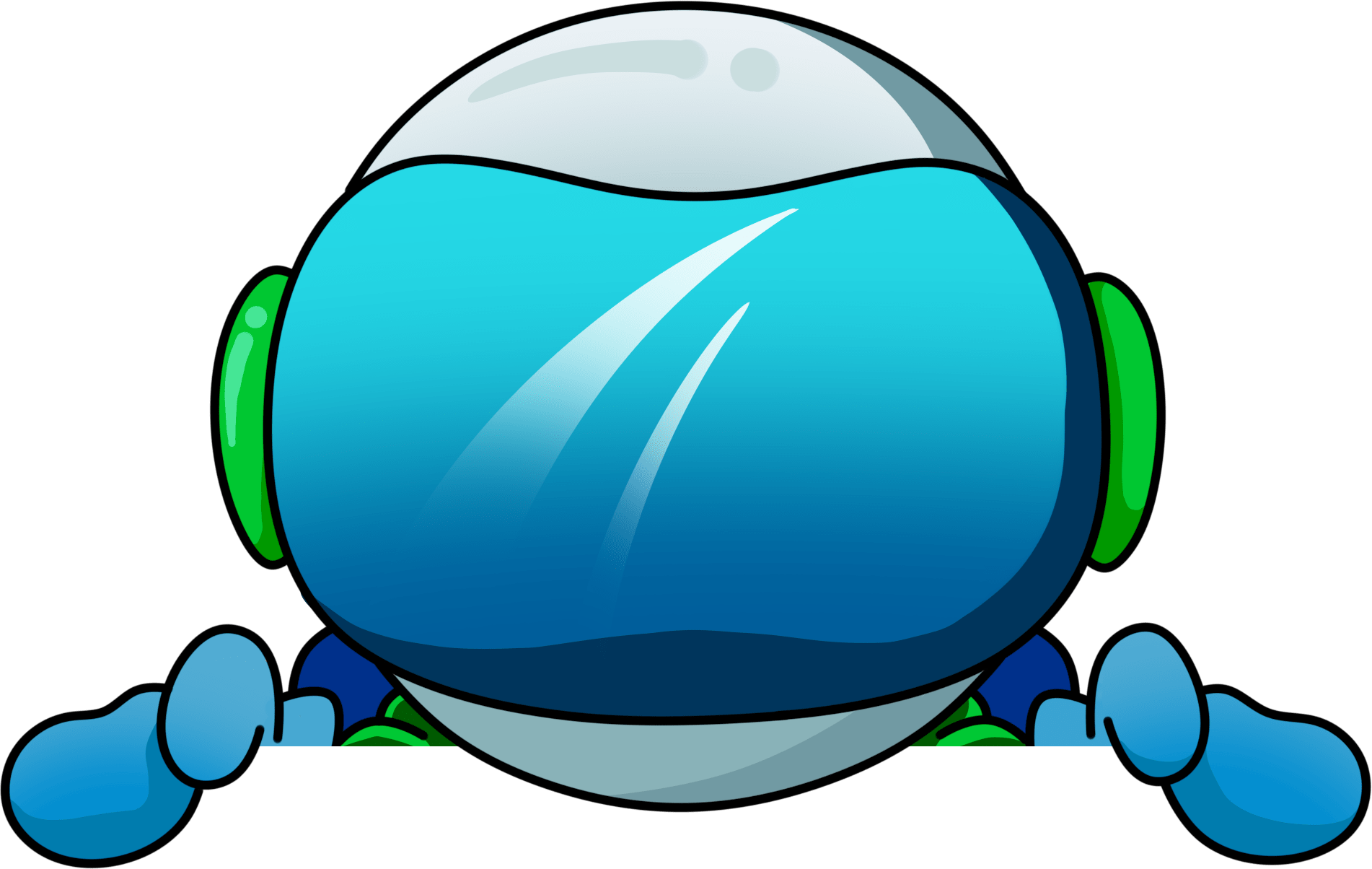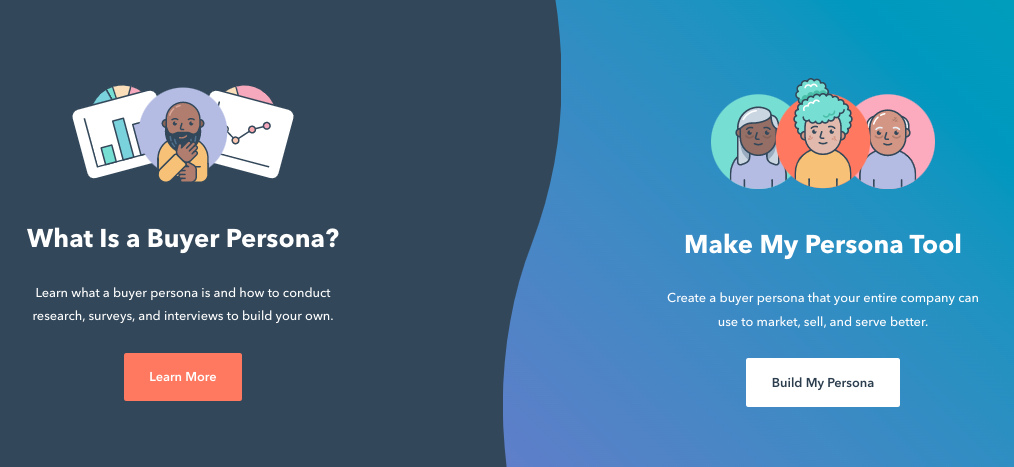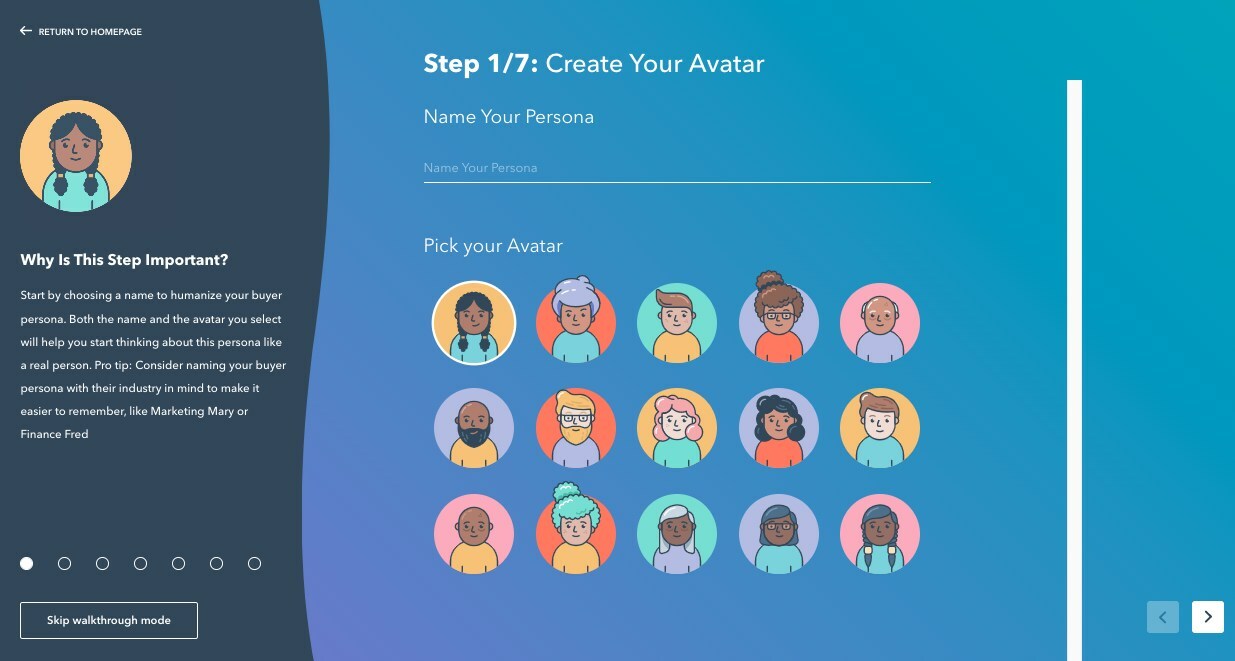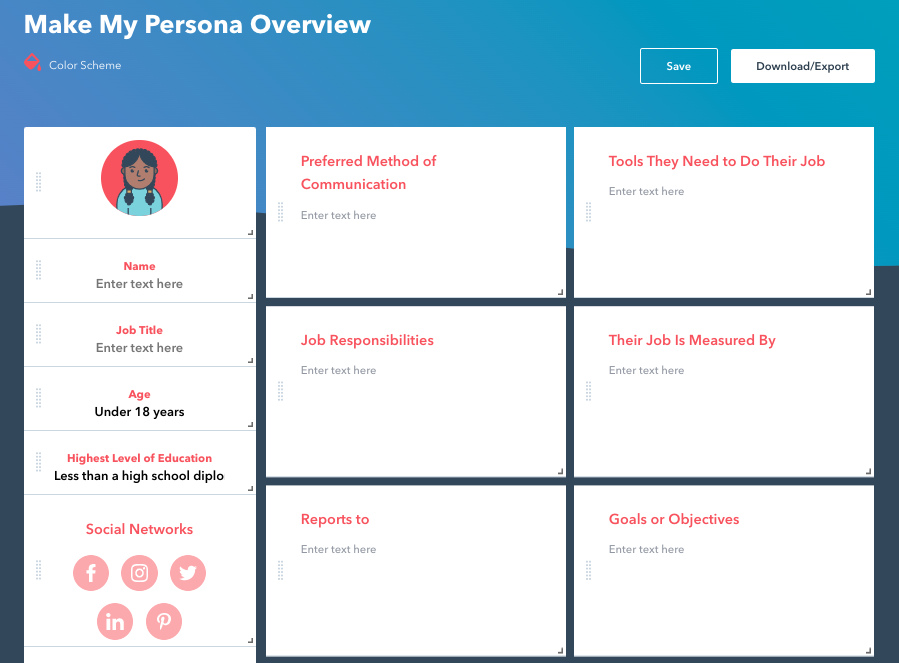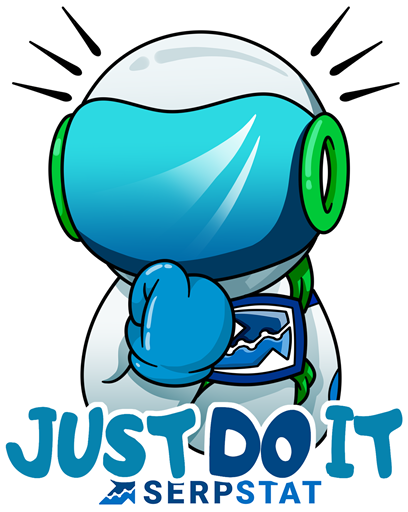Start Exploring Keyword Ideas
Use Serpstat to find the best keywords for your website
Components of an Effective Marketing Plan: Buyer Persona and Buyer’s Journey

Then you should know that learning and understanding your buyer's journey and creating the appropriate buyer personas are massive steps toward effective marketing.
If you are new to buyer's journeys and personas and consider studying them, this article is for you!
The importance of tracking your buyer’s journey
#2: Understanding the Stages of the Buyer's Journey and Developing Appropriate Content
Awareness stage
Consideration stage
Decision stage
#3: Buyer Personas and Their Value to Your Business
Negative buyer persona
How to create a buyer persona
Why create a buyer persona
#4: Useful Services
Key Takeaways
1. What Is the Buyer's Journey?
I've been looking at phones lately because my four-year-old one didn't function properly. I had to spend a lot of money and buy something that would last even longer.
Likewise, I realized that the price is not the only factor to consider when choosing a mobile device. Among other factors are:
- operating system version;
- long-lasting battery life;
- top-notch processor speed;
- high camera quality;
- large storage, and many more.
This is part of what we call the buyer's journey.
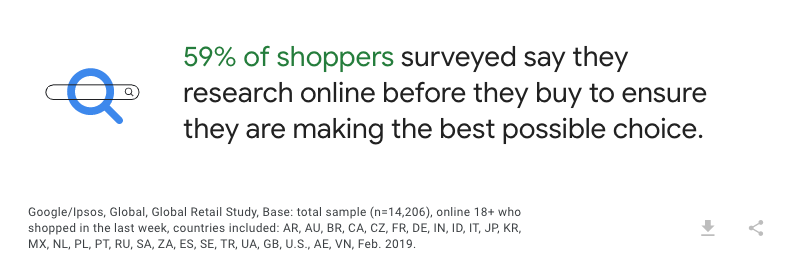
Throughout their journey, buyers encounter various discomforts and issues that they must navigate to reach their final decision.
Whether they are confused about their problem, overwhelmed by too many options, or wrestling with uncertainty about whether their purchase will be a good investment, buyers are active participants in their purchasing journey.
The importance of tracking your buyer's journey
Buyers may obtain information more easily on their own, which means brands have to integrate themselves into the journey, or else they would have fewer opportunities to influence buyers' decisions.
The buyer's journey is essential knowledge that can help you craft effective, targeted marketing campaigns that generate more leads and conversions — content that drives results.
By understanding and learning about the buyer's journey, your sales and marketing team can create content that potential customers or buyers are looking for. And by creating good content that matches your customer's journey, you can gain your audience's trust because your brand is more likely to solve their problems and has the information they need to complete their purchasing decisions.
If you master the buyer's journey, there is a high chance that your potential buyers will become your customers.
2. Understanding the Stages of the Buyer's Journey and Developing Appropriate Content
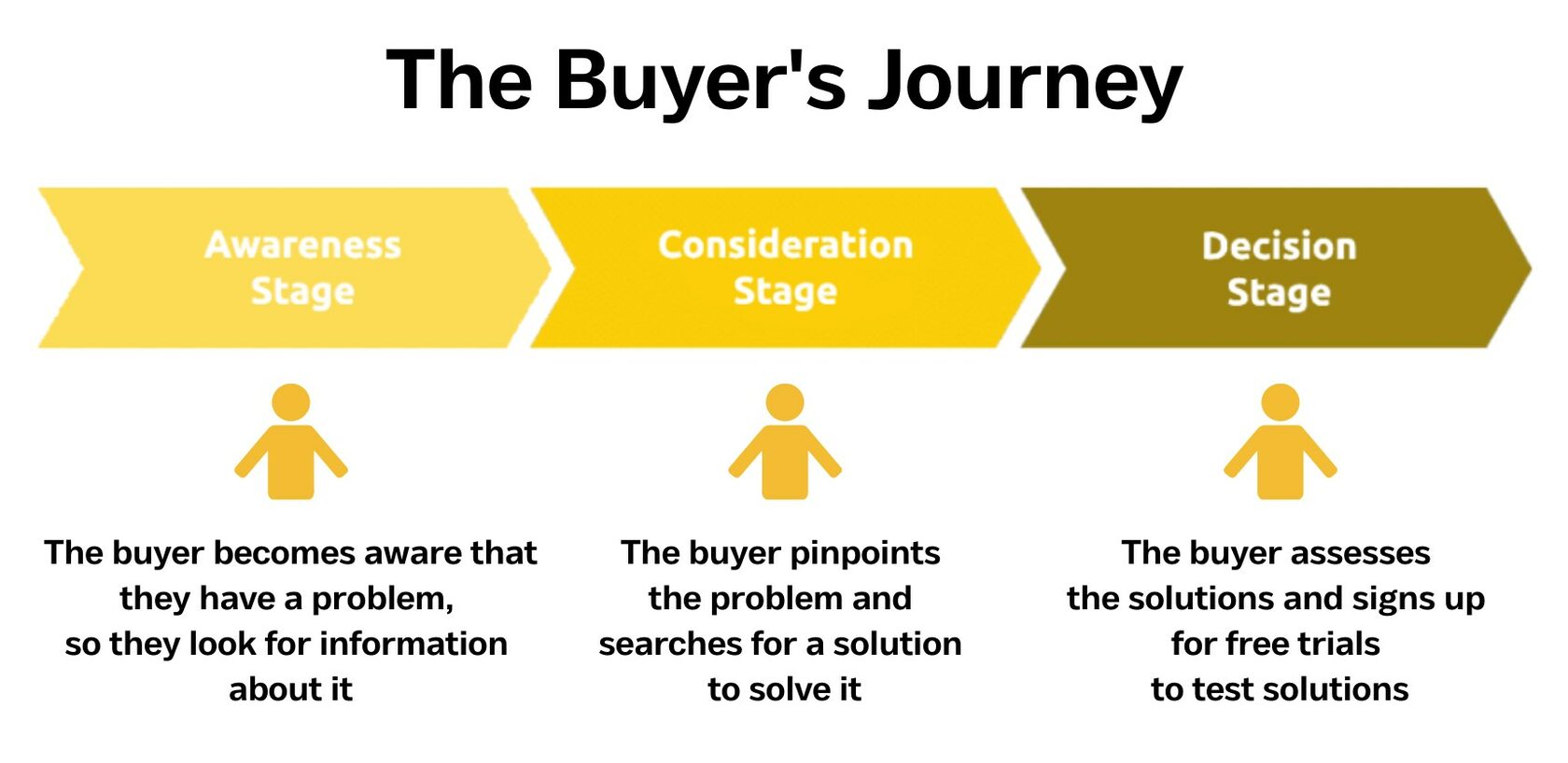
Awareness stage
What should you do at this stage? Educate people about what makes YOU different from other companies by using compelling content, the one that will keep them engaged without being pushy.
The content and the information you will create for this stage are significant because this is where you make them understand their issues and how to fix them.
For example: "Why is no one visiting my website?" or "Why is my blog not getting enough traffic?"
List of content for the awareness stage:
- Articles
- Infographics
- Blog posts
- Partnership content
- Whitepapers
- E-Books
- Guides
- Social media posts
Keep track of what matters most to your audience, and satisfy their needs at the very beginning.
It shows the most popular Google queries at the city level in the selected country. Data can be retrieved from today up to one month. The information is updated in real-time, and this is an opportunity to identify the most trending keywords and use them on the site, thereby increasing traffic.
Simply go to the "Keyword Trends" section, choose the appropriate country, use filters to select the city and language, and see the latest queries users searched for in the selected region.
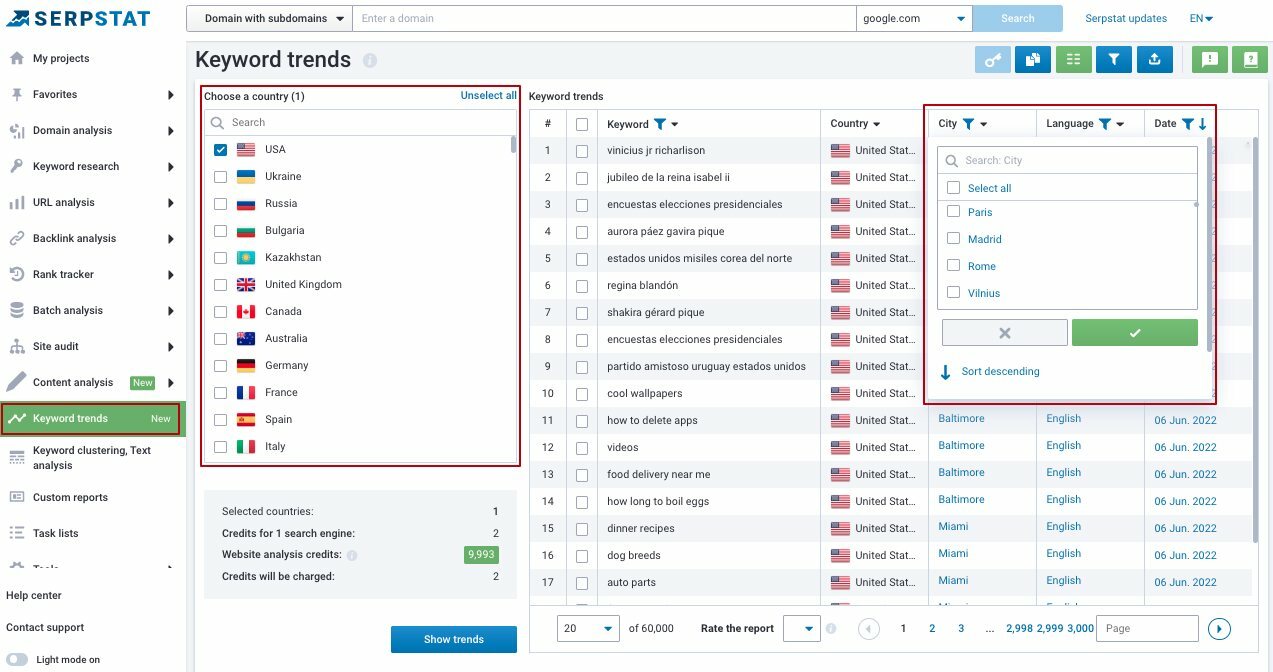
Consideration stage
It's no secret that 95% of consumers nowadays read reviews before purchasing. Whether you're buying something big or small, people want to know what other folks think about it.
In this stage, they are mulling over solutions. In light of the issue, they are searching for the best option. Your job at this point is to show them why you're the best solution compared to the others.
For example: "Tools to use to get more visitors to my website" or "Product A vs. Product B comparison."
List of content for consideration stage:
- Webinars
- Podcasts
- How-to videos
- Comparison guides
- Case studies
- Templates
- Tool kits
Decision stage
In a 2018 Customer Service Expectation Survey, 68% of the customers will pay more for the products and services from a company with a strong record of good customer service.
Based on the Forrester report about customer service, when it comes to purchasing decisions, good customer service is the most crucial criterion in deciding what to buy, which is cited by 83% of the customers. A survey also indicates that customers prefer prompt, personalized responses over other factors.
Besides the content that addresses possible customer issues with your product or service, you also need to up your customer service game.
Keep in mind that your buyer has a handful of options and inquiries from other businesses at this stage. Your goal is to make it on their shortlist and make their purchasing decision with you.
For example: "Product A features," "Product B costs," or "SEO company services."
List of content for decision stage:
- Free trials
- Live demos
- Consultation offers
- Product comparisons
- Coupons
- Client testimonials
- Trial downloads
The Best Video Strategy for Every Stage of Your Buyer’s Journey
Motivational Marketing: Can it Solve a B2B Marketer’s Biggest Problems?
9 Lead Magnet Ideas for Every Stage of the Buyer's Journey
3. Buyer Personas and Their Value to Your Business
Apart from that, they assist you in focusing your attention on qualified prospects, guide product development to meet your target consumers' objectives, and align all activities throughout your business.
90% of the companies using buyer personas have a clearer understanding of their buyers. If you have a well-crafted buyer persona, you will be able to design more concrete marketing plans and will have a greater chance of increasing conversion rates. It is easier to comprehend how your consumers think, making them crucial for any marketing plan.
Negative buyer persona
A negative buyer persona is the opposite of the usual buyer persona, which is the profile of the buyer you do not want to spend time and effort on. They are the least likely to convert.
It is vital to spend time researching your negative buyer personas to improve your awareness of your ideal consumers.
Doing this can keep valuable corporate resources from being wasted and help you with your current marketing plan to better cater to your target demographic.
You can remove the buyers who are less likely to pay attention to your business, and it can provide you an insight into the things you need to create or improve to focus on attracting the right leads.
How to create a buyer persona
In my experience in creating the buyer persona for our agency, I used data from Google Analytics as my source. But if you have the time and resources, you can also follow these steps, including quantitative and qualitative analyses.
An article in Nielsen Norman Group stated that it could take up to 3 to 9 working days for a smaller company to create a buyer persona if only one employee can participate in the process, and only 1.5 to 5 working days if two employees. However, larger companies with at least four employees in a team could take 2 to 4 days to do the research and the creation process.
Of course, it still depends on the effort you give and your resources.
Here are the six steps to follow in creating our buyer persona:
Having a name for your persona helps you to reference and remember them more efficiently, and it also helps to streamline your business communications.
For example, if you're marketing to small and midsize businesses (SMBs), your buyer persona could be called the "SMB buyer."
Or better yet, you can give them a real name + job title about them, like "Joan Marketing Associate."
Naming your persona makes it easy for everyone in your company to know who you're talking about and what kinds of products or services they're interested in.
So when you're creating buyer personas for your business, don't forget to give them a name. It can make all the difference in your marketing success.
However, businesses can also include additional information such as the number and age of children, income, education, social media usage, etc.
This extra information can help businesses better understand their target audience.
It can also help you picture your buyer persona rather than just assuming. For example, he's a 44-year-old CEO living in the Philippines with two children.
To carry out such research, you may use Serpstat Keyword Research Tool and pick the right keywords for your audience.
Simply go to the "Keyword Research" section, tab the keyword into the search bar, and after clicking the "Search" button, scroll down to the "Related Keywords" report. It shows all search queries that are semantically related to the searched keyword.
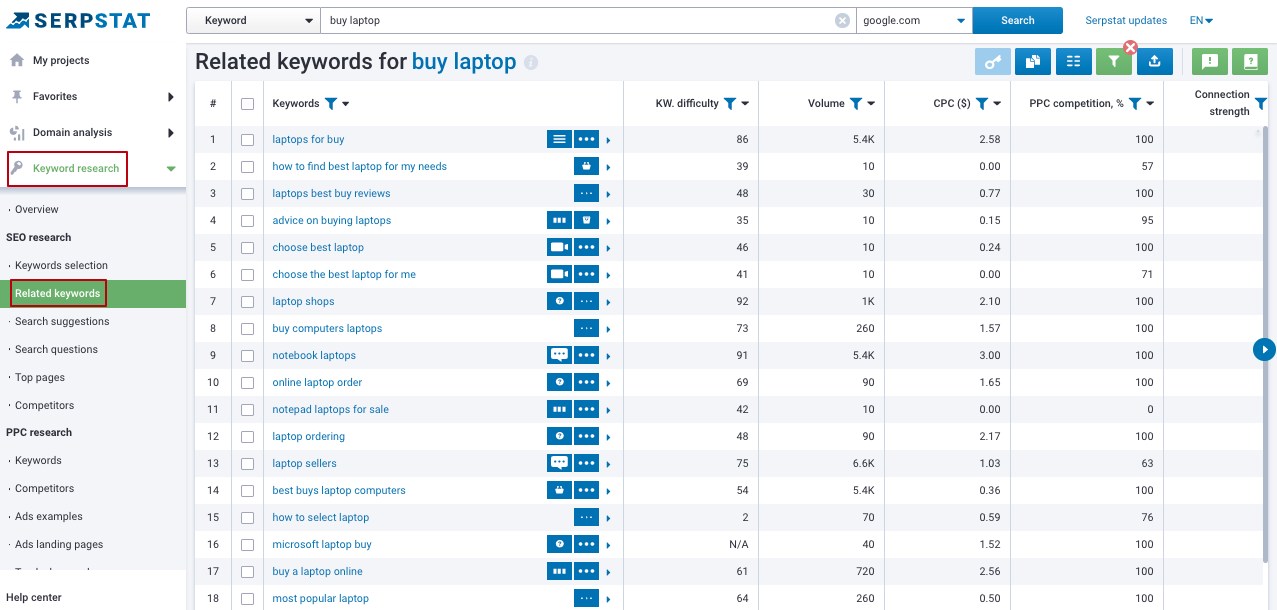
To see all question suggestions, you can switch on the "Questions Only" in the right corner of this report.
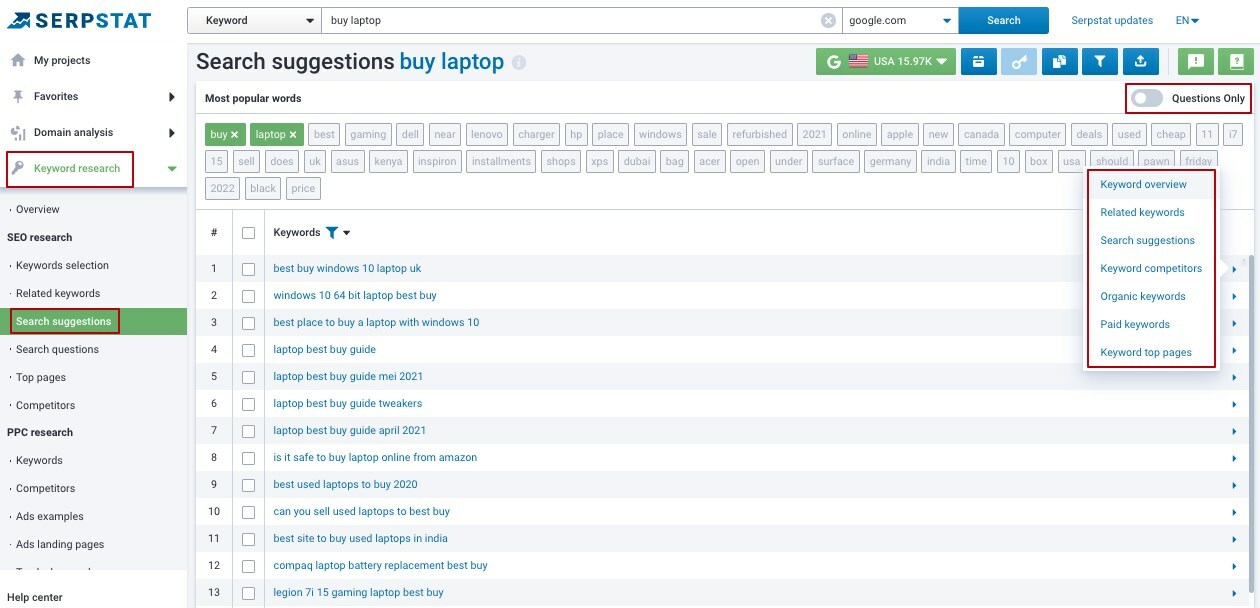
So, where do you start? An excellent place to begin is by looking for sources of information that your buyer persona would be interested in.
This could include blogs, books, social media platforms, podcasts, and videos. You might also want to look into events they attend or conferences they might be interested in.
By taking the time to research your buyer persona, you'll be in a better position to market your product or service effectively.
They may not be listening to you right now, but at least you'll have a better chance of being heard if their favorite words and phrases are in your conversation.
When identifying challenges and pain points, keep in mind the objections that may hinder buyers from purchasing.
Buyer personas may experience frustration, fears, doubts, or struggles, but you should only identify the challenges and pain points for which you have a solution.
By fully understanding your buyer persona's challenges and pain points, you'll be able to produce content that more effectively speaks to their needs and helps them overcome any hesitations they may have about working with your company.
This allows you to identify and effectively address these possible hurdles that may prevent people from purchasing your product or services.
Whether it's concerned about price, lack of trust in your company, or a fear of failure on their part, being prepared to handle these objections will go a long way towards helping you close more sales.
Additionally, it is important to understand the roles and responsibilities involved with each stage of the purchase process, since this can also help inform your buyer persona.
Why create a buyer persona
Here's how: Your buyer persona can help you with crafting the right message and solution, while your buyer's journey can determine when is the right time and where is the right place.
You want your content published at the right time and place to catch attention and increase engagement. You track the right buyer, and you connect to them successfully. That is why you need them both.
If you fail to determine the right time and place or without the right content, there is a chance you might lose the opportunity to connect to a potential lifelong customer.
That is why an inbound marketer is entirely focused on creating the exact content strategy to answer all the customer's queries. It is all about what your customer needs. You can help build trust and develop a solid relationship with your buyers through content.
4. Useful Services
To make this easier for you, I've included some services needed to facilitate the process of building a Buyer Persona :)
HubSpot is a cloud-based CRM designed to help optimize your inbound marketing strategy to generate qualified leads.
This is where you can make your buyer persona by following seven simple steps. Enter the information about your buyer persona and modify it when needed.
It's also definitely worth looking at Venngage, a free infographic maker.
To start your free trial, sign up with Facebook or Google, and it's that simple!
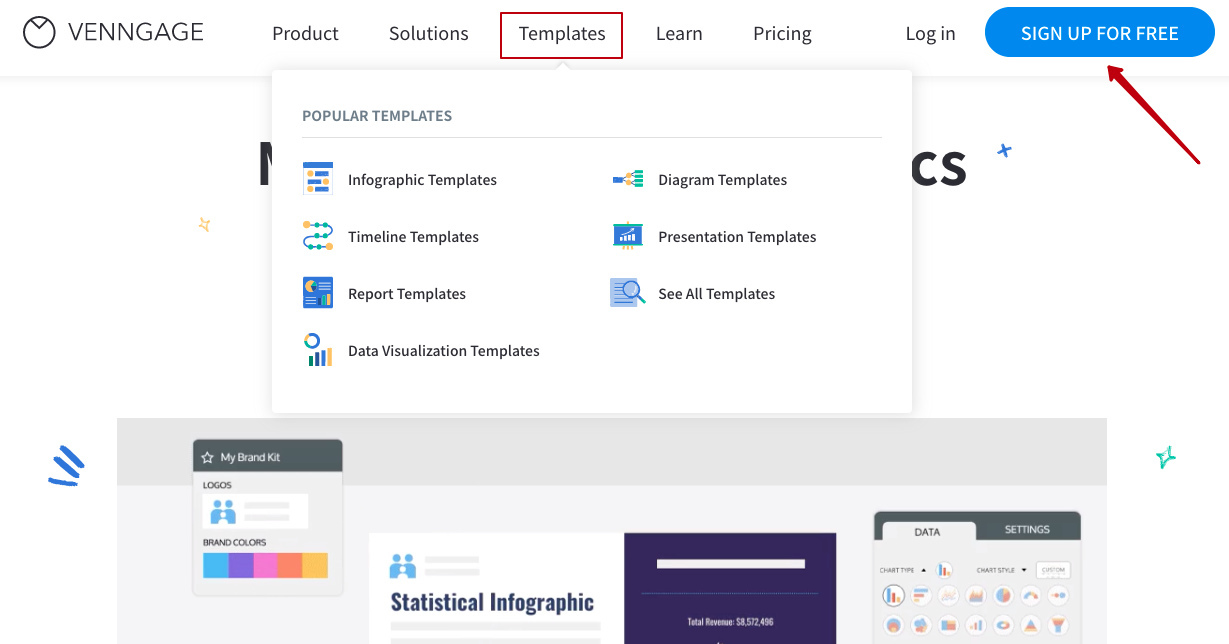
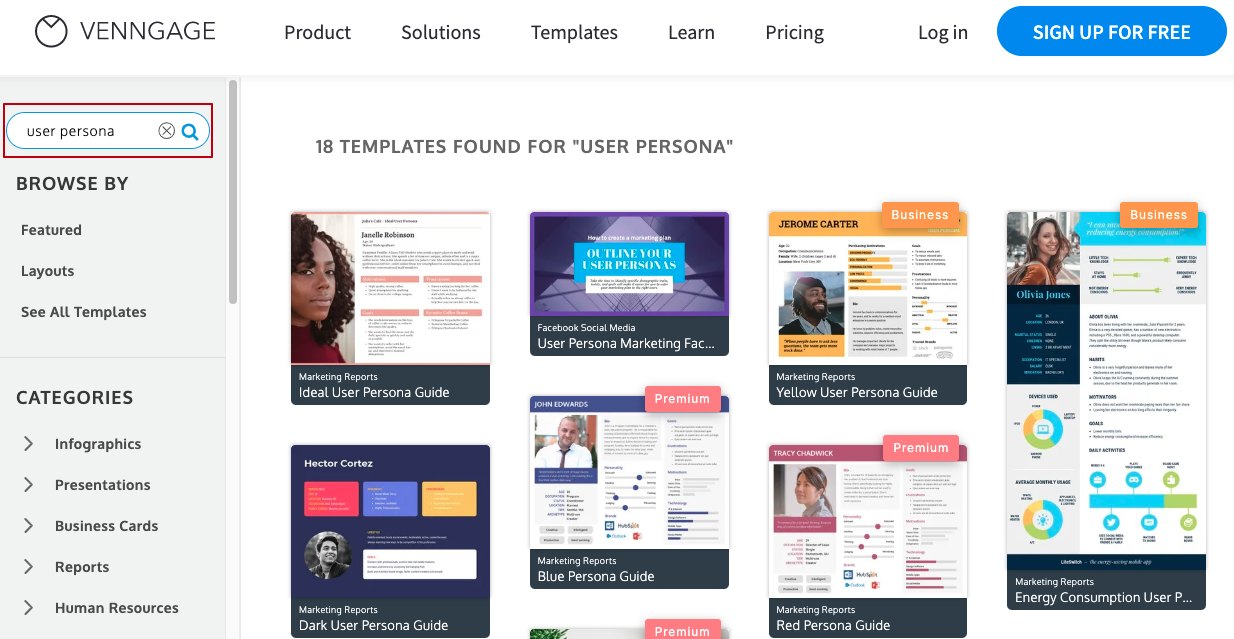
Serpstat is an all-in-one platform that includes many tools for SEO and PPC professionals, marketing experts, and agencies. This service can help you improve your site's content, carry out competitor analysis and automate all the processes needed when launching a marketing campaign.
Create a content plan, analyze your competitors, trends, and keywords seasonality, expand semantics, find niche leaders and improve your ads with Serpstat Tools.
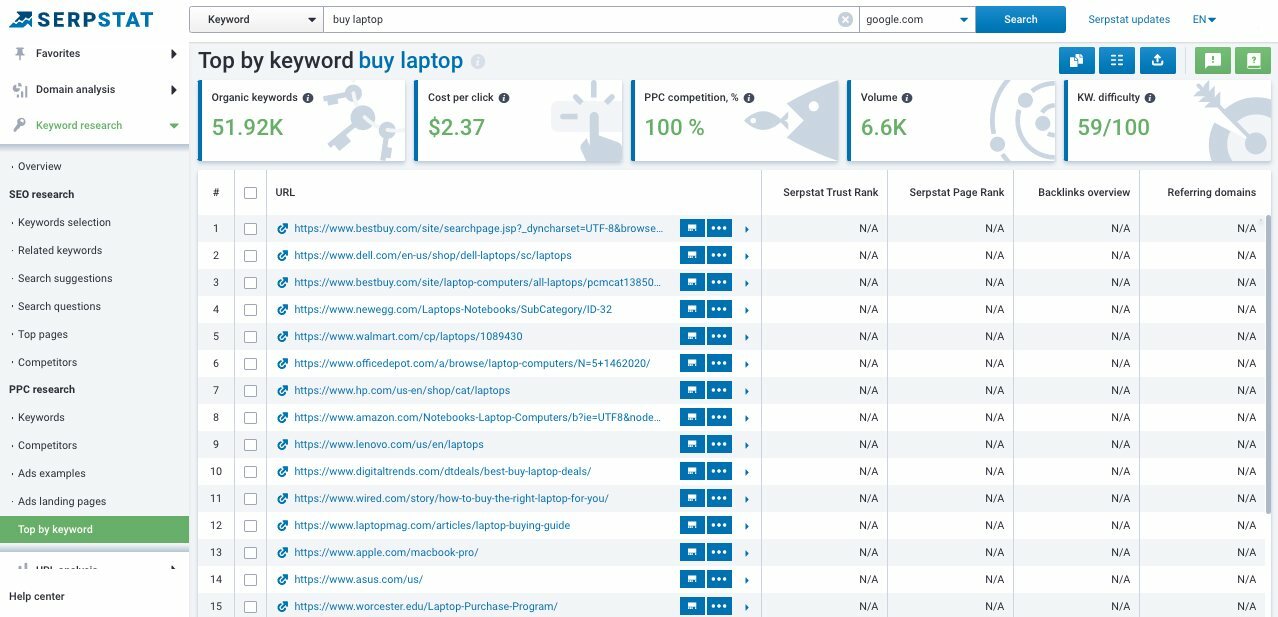
Keyword Research Tool
Example: Top by keyword report
Key Takeaways
✔️ Additionally, having a well-developed buyer persona allows you to target your marketing efforts toward specific individuals instead of casting a wide net.
✔️ As a business owner, it is vital to track the buyer's journey to continue to improve your marketing strategy and increase sales.
Have you started tracking your buyer's journey and creating buyer personas?
If not, now is the time to get started!
Speed up your search marketing growth with Serpstat!
Keyword and backlink opportunities, competitors' online strategy, daily rankings and SEO-related issues.
A pack of tools for reducing your time on SEO tasks.
Discover More SEO Tools
Domain Analysis Tools
SEO Domain Analysis – gain insights into your website's strengths and weaknesses
URL Inspection Tool
Uncover hidden SEO opportunities with our powerful URL Inspection Tool
Keyword Rank Checker
Google Keyword Rankings Checker – gain valuable insights into your website's search engine rankings
Competitor Website Analytics
Complete analysis of competitors' websites for SEO and PPC
Recommended posts
Cases, life hacks, researches, and useful articles
Don’t you have time to follow the news? No worries! Our editor will choose articles that will definitely help you with your work. Join our cozy community :)
By clicking the button, you agree to our privacy policy.

